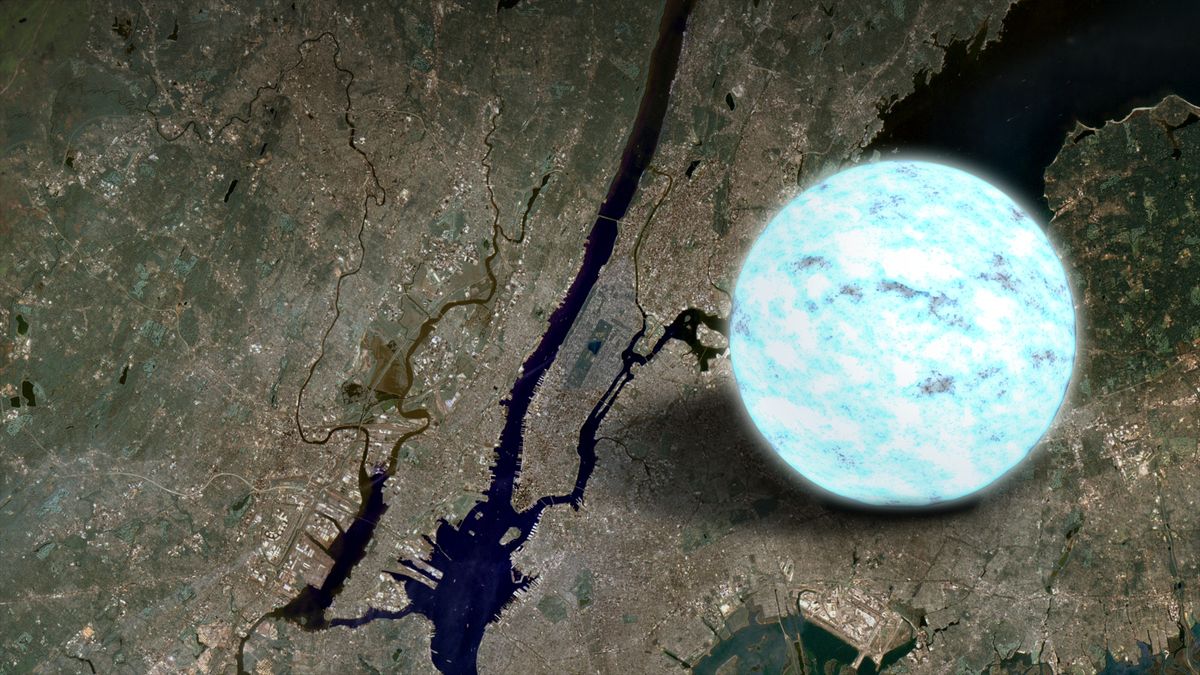Key Takeaways
- A newly discovered neutron star spins a record-breaking 716 times per second.
- This stellar remnant erupts with powerful thermonuclear explosions on its surface.
- The neutron star, part of a binary system, is located in the globular cluster NGC 6624.
- Its companion white dwarf has the shortest orbital period ever recorded, circling every 11 minutes.
- Neutron stars’ high spin rates result from conservation of angular momentum following stellar collapse.
__________
This neutron star spins 716 times per second, matching the fastest rotation ever recorded.
Astronomers have made a remarkable discovery: a neutron star spinning at a staggering rate of 716 times per second, making it the fastest-spinning neutron star in the known universe, tied only with PSR J1748–2446. This stellar body, located in the binary system 4U 1820-30 within the NGC 6624 globular cluster near the Milky Way’s center, is around 26 light-years from Earth in the constellation Sagittarius.
The discovery was made using NASA’s Neutron Star Interior Composition Explorer (NICER), an X-ray telescope mounted on the International Space Station. Gaurava K. Jaisawal from DTU Space shared that during observations of thermonuclear bursts, the team detected oscillations corresponding to a spin rate of 716 Hz, confirming the extreme speed.

Explosive Thermonuclear Events
Neutron stars, remnants of massive stars that have exhausted their nuclear fuel, are known for their rapid rotation and intense density. This newfound star is no exception, showcasing powerful thermonuclear blasts that briefly make it up to 100,000 times brighter than the Sun. These explosions occur as material from its companion star—a white dwarf in this case—accretes onto the neutron star’s surface, igniting under extreme pressure.

Neutron stars are formed after a massive star’s core collapses post-supernova, compressing into a body just 12 miles wide. This compression drives their high rotation speeds through the conservation of angular momentum, akin to an ice skater pulling in their arms to spin faster. The dense core results in a unique state of matter; a teaspoonful would weigh as much as 10 million tons on Earth.
Unique Binary System and Observations
The binary system 4U 1820-30 is also noteworthy for hosting the fastest recorded orbital period, with the white dwarf circling the neutron star every 11 minutes. The system was closely monitored by NICER from 2017 to 2021, during which 15 significant thermonuclear events were detected. One such explosion revealed “thermonuclear burst oscillations” that confirmed the spin rate of 716 Hz.
The findings, published in The Astrophysical Journal on October 25, 2024, offer insights into the life cycles of binary star systems and the creation of elements in the universe. Jerome Chenevez from DTU Space highlighted the importance of studying these extreme events, which help unravel the physics of neutron stars and their explosive behavior.



No comments:
Post a Comment